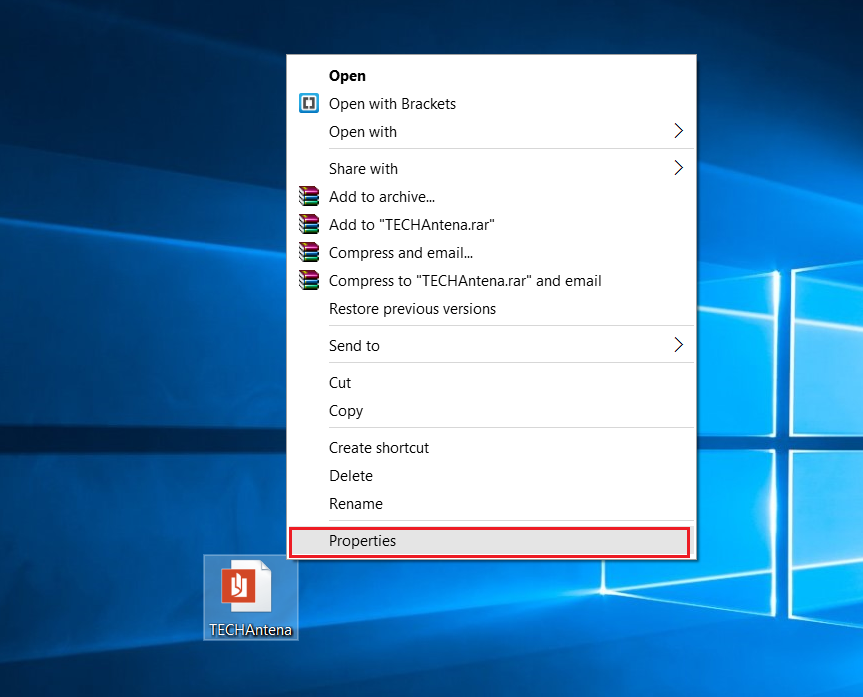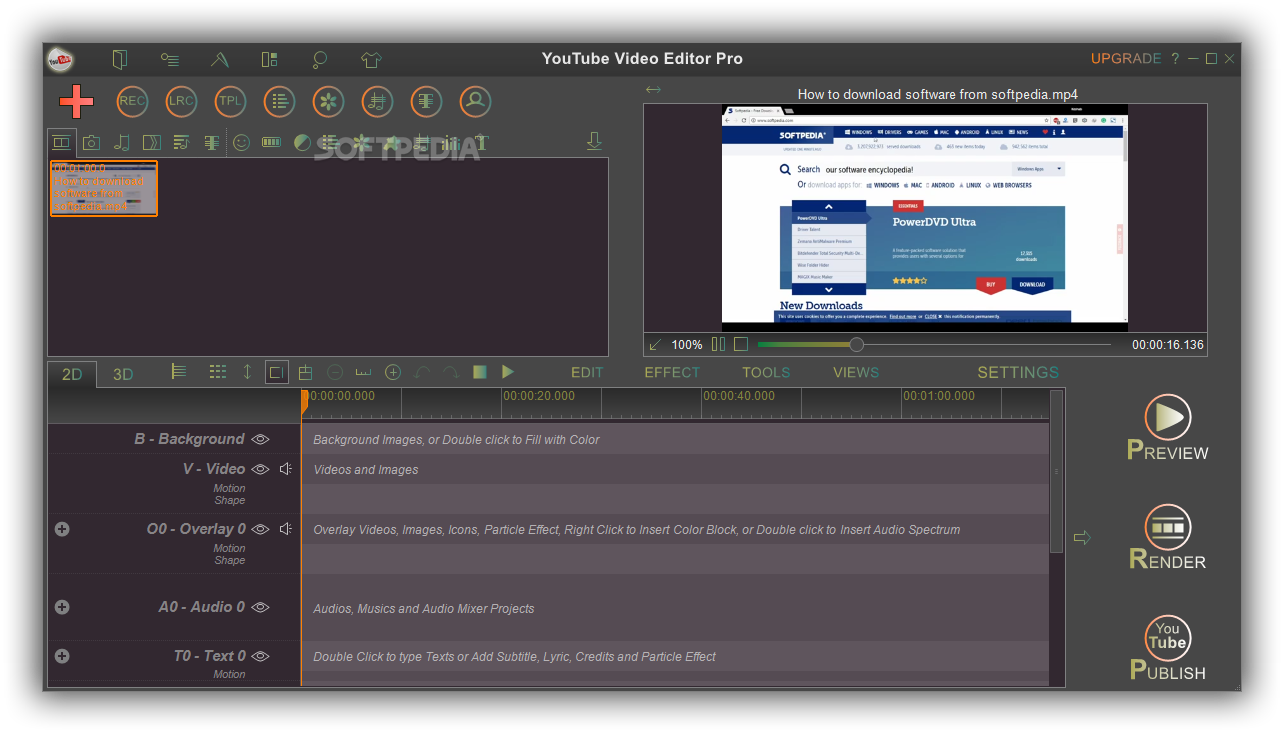

- Windows 10 file properties editor app how to#
- Windows 10 file properties editor app update#
- Windows 10 file properties editor app for windows 10#
- Windows 10 file properties editor app windows 10#
- Windows 10 file properties editor app windows 7#
Generate nice reports and lists of your collection based on user-defined templates. Rename files based on the tag information and import tags from filenames. Replace strings in tags and filenames (with support for Regular Expressions).Ĭreate and manage playlists automatically while editing. Save typing and import tags from online databases like Discogs, freedb, MusicBrainz, and more. Write ID3v1.1, ID3v2.3, ID3v2.4, MP4, WMA, APEv2 Tags and Vorbis Comments to multiple files at once.ĭownload and add album covers to your files and make your library even more shiny.

You can rename files based on the tag information, replace characters or words in tags and filenames, import/export tag information, create playlists and more. It supports batch tag-editing of ID3v1, ID3v2.3, ID3v2.4, iTunes MP4, WMA, Vorbis Comments and APE Tags for multiple files at once covering a variety of audio formats.įurthermore, it supports online database lookups from, e.g., Discogs, MusicBrainz or freedb, allowing you to automatically gather proper tags and download cover art for your music library. Which method you prefer is a choice you will have to make for yourself.Mp3tag is a powerful and easy-to-use tool to edit metadata of audio files.
Windows 10 file properties editor app windows 7#
However, I have been using the Taskbar and its pinning feature since Windows 7 and find it much more efficient and elegant than the old Windows XP way of creating shortcuts.
Windows 10 file properties editor app windows 10#
Choose wiselyĬreating a way to access specific folders in Windows 10 is not difficult and in many ways the process is the same as it was with Windows XP. These should be the videos you have in the folder that you want to add. Of course, that could clutter your Desktop a bit, so I would suggest using descriptive titles and perhaps changing the default icon. going to the main video projects page, selecting the 3 dots (.) and then selecting make a video for me. You can follow this procedure to create as many shortcuts for as many folders as you want. The command in the Target box should follow this pattern:Ĭ:\windows\EXPLORER.EXE /n, /e, X:\Folder of my choosing Now, just like you did in Windows XP, you will change the Target box on this screen ( Figure C) to include the switches and the location of your desired folder. When you get to the Properties screen, click on the Shortcut tab. Right-click the File Explorer shortcut and click on the Properties menu item. To get that shortcut to open in a different folder you will have to modify its properties. If you double-click that shortcut it will open File Explorer in Quick Access as it did before. The system will locate the new shortcut file to your Desktop by default. Once you find the executable file (explorer.exe), right-click it and navigate to the Create Shortcut menu item. Note: You can’t modify the way the executable file itself works. If you insist on making Windows 10 act more like Windows XP, you will have to create a shortcut for the File Explorer app, which is located in the Windows file folder.
Windows 10 file properties editor app for windows 10#
That feature could come in handy for Windows 10 tablets or PCs using a touch screen. Figure Bįor those of you who prefer the Windows 10 Start Screen, you also have the option to pin a folder or a file to the Start Screen. As you can see in Figure B, I have several pinned folders, which I can access quickly by right-clicking the File Explorer icon in the Taskbar. Once you do, that file or folder will be pinned to the submenu. All you have to do is grab a folder or file displayed in File Explorer and drop it on the File Explorer icon on the Taskbar. You can use this feature to pin any folder or file you want to this submenu. However, if you right-click the File Explorer icon, you are presented with a submenu showing pinned and recently opened files and folders. From there, you can navigate to the other folders available on your PC. When you click or tap the File Explorer icon in the Taskbar, the app will open in a special library called Quick Access (at least that is what happens on my Desktop, as you can see in Figure A).

The first, best, and easiest way is to take advantage of the Pin feature found in the Taskbar on the Windows 10 Desktop. There are actually two ways to get the Windows 10 File Explorer to open in a directory of your choosing.
Windows 10 file properties editor app how to#
How do I tweak Windows Explorer to open in a directory of my choosing? explains how to change the behavior of File Explorer in Windows XP, but to get the same effect in Windows 10 requires a slightly different approach.
Windows 10 file properties editor app update#
Recently, a reader sent me an email asking if it would be possible to update an old article I wrote. You can create File Explorer shortcuts in Windows 10 that will open specific folders, but there's a better way. Two ways to make Windows 10 File Explorer open specific folders


 0 kommentar(er)
0 kommentar(er)
